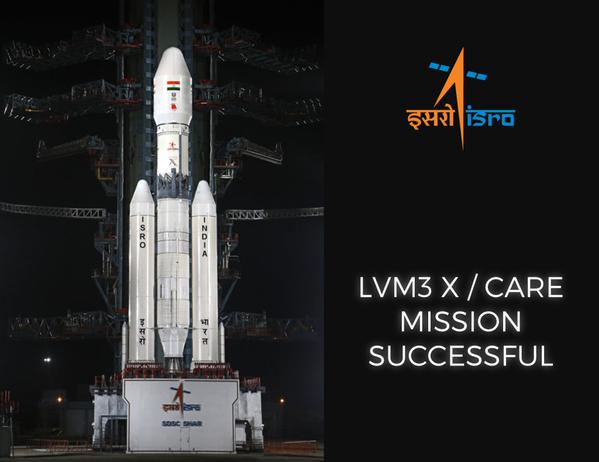December 21, 2014 – India has long had a missile program but its development of heavy launch capacity has been impaired by delays in technology advances and failed tests. But in this last week the country witnessed the first big leap forward into a space program that will include humans in orbit.
The Indian Space Research Organization (ISRO) launch of its GSLV Mk-III X rocket from Satish Dhawan Space Centre in Sriharikota near the South Indian coast. The initial 20-minute suborbital test flight contained a 3-ton payload called the Crew Module Atmospheric Re-entry Experiment (CARE). It successfully separated from the rocket’s upper stage at an elevation of 125 kilometers (78 miles) and on descent deployed parachutes to assist in a splashdown in the Bay of Bengal. The scene of recovery very much looked like an Apollo event.
Developed initially to allow India to independently put up to 4,000 kilogram (8,800 pound) payloads into geosynchronous orbit, hence the acronym GSLV which stands for Geosynchronous Satellite Launch Vehicle, it is now hailed to be India’s primary launch system for its astronaut program.
The year 2014 represents India’s great leap forward in space. First there was the very successful Mangalayan Mars orbiter mission. And now India has launch capacity for human space flight. What are the country’s future plans? Eventually even larger payload GSLV versions are in the planning and production stage with the ultimate goal to send Indian astronauts to the Moon.
This further heats up the East Asian space rivalry between China and India and should be a further stimulus to other space programs in the region including those by Japan and South Korea.














